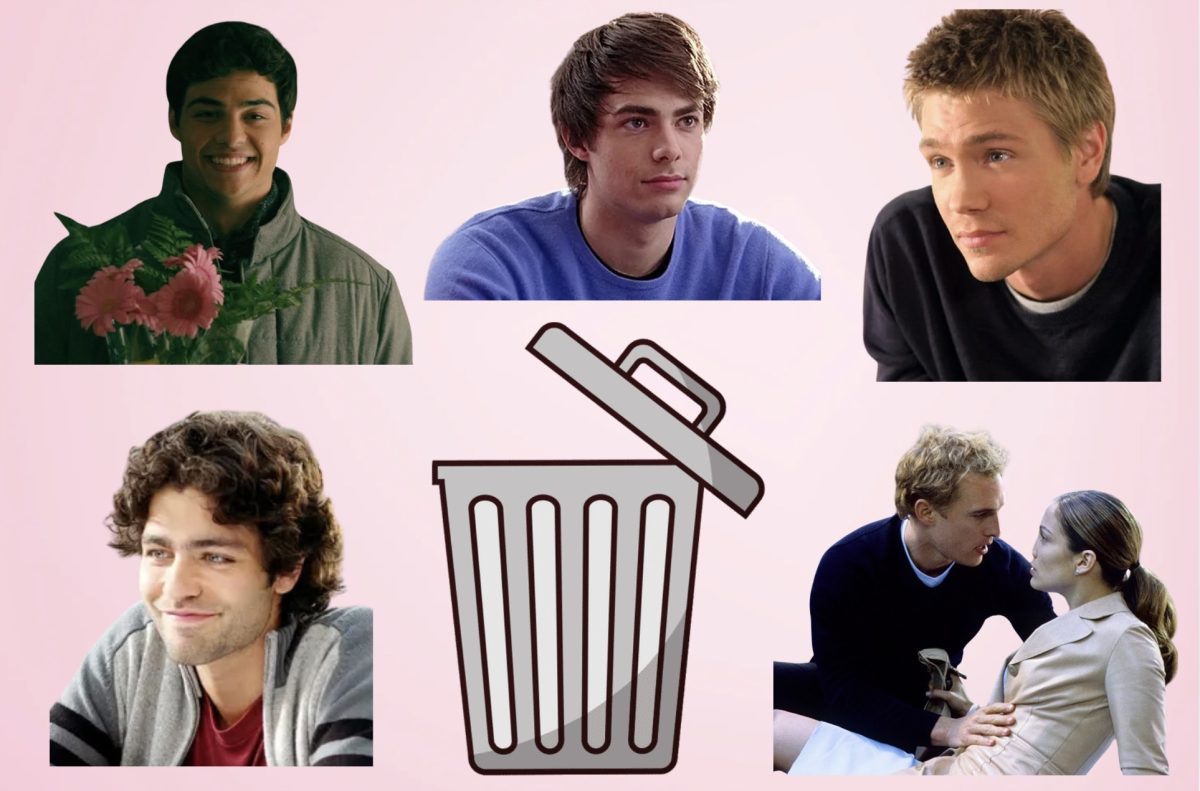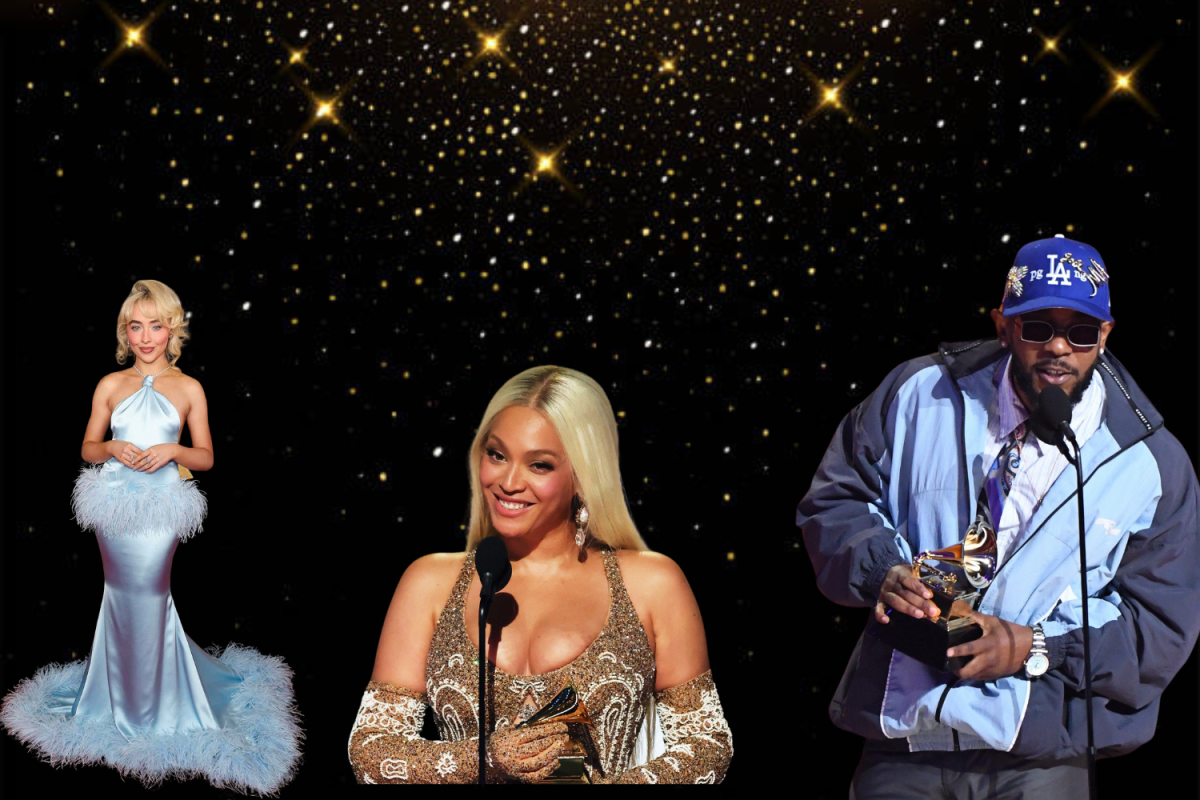COTO DE CAZA, Calif. — Most moms with something to say to their grown children would pick up a phone.
But when your mom is Vicki Gunvalson, one of the “Real Housewives of Orange County,” you get used to having those heart-to-hearts under the glare of TV lights.
Which is why daughter Briana Gunvalson, exhausted though she is from an all-night nursing shift, is coming over for breakfast.
She steers her Mercedes SUV along streets named Polo and Shire en route to her parents’ 5,500-square-foot McMansion inside Orange County’s largest gated community.
She walks into the kitchen, and there is Vicki — along with four people in black shirts who are capturing the scene on video. Episode after episode, Vicki has come to be known as a somewhat bossy, slightly daffy mother and businesswoman whose insurance firm has swelled since she was cast as one of the original “housewives” six years ago.
Right now Vicki is asking 25-year-old Briana why she hasn’t brought over her new boyfriend.
“Mom, you’re a little intense!” says Briana.
“I’ll be low-key,” says Vicki. Pause. “I’ll just check him for tattoos.”
This is a story about the decade’s most influential, most prolific, most dynamic cultural product.
It is a story about the new way people tell stories in the 21st century: using grainy video, dramatic music, lightning-quick edits and a seemingly endless supply of people like Vicki Gunvalson willing to play themselves on camera.
This is a story of the reality decade, how it came to be and where it’s taking us.
Ten years ago, a handful of shows, including “Survivor,” “Big Brother” and “Trading Spaces,” introduced a new kind of entertainment to American audiences: shows built around and starring real people and every bit as engaging as popular dramas and comedies.
Since that big bang, the universe of reality has grown exponentially. By the end of this year, nearly 600 reality series will have aired on dozens of American networks — competitions, celebrities at home, law enforcement, science, history, docu-soaps, even spoofs of other reality shows.
Political figures are acknowledging the power of reality TV. Last week, President Barack Obama made a cameo appearance on the Discovery Channel show “MythBusters” (see accompanying story). Sarah Palin has drawn stellar ratings for TLC with her new reality series, and daughter Bristol Palin just finished third on “Dancing With the Stars.”
In 2001 reality shows of all kinds accounted for 20 percent of TV’s prime-time schedule; today they account for about 40 percent. And they were a key factor in Americans’ migration from network television to cable, where 90 percent of reality TV is seen.
“Nothing else has been as transformational as reality TV — the variety show, the sitcoms, there’s been nothing like it,” says Robert Thompson, professor of television and popular culture at Syracuse University.
The sheer volume of reality entertainment has fueled a demand for untrained talent that simply didn’t exist 10 years ago.
That’s your neighbor on an episode of MTV’s “True Life.” That’s a local bar-band singer winning “American Idol.” That’s your landlord getting fired by Donald Trump on “The Apprentice.”
Reality TV has given thousands of people a small piece of celebrity and gotten millions of others dreaming of it. In a 2007 poll, 51 percent of 18-to-25-year-olds said that a primary goal was to “get famous.”
Sharon Liese is a reality producer based in Overland Park, Kan., who spends a lot of time around teenagers. She filmed “High School Confidential” in Kansas and is doing a sequel in Chicago.
“I’ve interviewed a bunch of girls who wanted to be in ‘High School Confidential’ because they wanted to be famous,” Liese says. “They think that if they’re famous they get everything they want. All the friends you want. Everybody would like you. Your voicemail box would always be full.”
Reality TV not only validates people’s lives, as some say, but is credited with legitimizing a variety of behaviors and lifestyles, for better and worse.
The profusion of gay characters on reality shows is credited with easing public attitudes toward gay marriage. Obsessive-compulsive disorders are destigmatized by shows like “Hoarders” and “The OCD Project.” Susan Boyle proved you don’t have to look like an opera diva to sing like one. Shows like “Little People, Big World” and “19 Kids & Counting” celebrate families of all shapes and sizes.
But reality TV also introduced Americans to the bridezilla, the Guido, the Kardashians and, yes, the “real housewife.”
With its excesses and its sometimes odd obsessions, reality TV makes an easy target for people mourning the country’s loss of civility, meaning and purpose.
“This is not reality,” says documentary filmmaker Ken Burns, creator of a series of epic takes on American history and culture. “Nobody eats bugs in front of millions of people. Nobody proposes or checks people out in front of millions of people. The notion that this is reality is beyond the pale. And what it does is become a vehicle for the same shallow consumerist mentality that is driving our country into the dirt.”
But those who are seduced by reality television say criticism like that misses the point.
“The best parts of these shows are the parts that are contrived,” says Thompson. “I feel I know a little bit more about the human condition by watching people who behave without the usual sorts of rules. Freud would have liked this sort of stuff.”
American reality TV began with the voyeuristic antics of “Candid Camera” in the 1940s and ’50s but got a serious boost when documentary filmmakers began shooting real life for television some years later.
One of those, Frederick Wiseman, came to Kansas City in 1968. Police Chief Clarence Kelley had given him permission to follow officers on their rounds.
The resulting 90-minute film, “Law and Order” (no relation to the NBC drama), was broadcast on public TV. It won an Emmy and caused a sensation.
Activists were outraged by scenes showing cops manhandling suspects. Kelley took pride in scenes where his men acted honorably and humanely. Critics loved the show’s gritty realism. Wiseman, who went on to air more than 30 of his films on PBS, always believed he had been fair to the KCPD. But he also said his approach was “much more novelistic than journalistic.”
Many classic documentary movies, in fact, were masterpieces of manipulation, such as 1922’s “Nanook of the North” and the 1935 Nazi propaganda film “Triumph of the Will.”
In recent years filmmakers increasingly conceded that their work was subject to what they call the Heisenberg Principle. The idea, adapted from quantum physics, is that the very act of documenting reality — just flipping on a camera — disturbs and thus alters it.
That effect is central to the debate over a police shooting in Detroit earlier this year. Seven-year-old Aiyana Stanley-Jones was killed in a raid that was being filmed by a camera crew for the A&E reality show “The First 48.” Critics say the presence of cameras may have spurred police to use more force than they would have otherwise.
But even in more ordinary dramas that make up most reality TV, opinions differ as to whether participants are performing for camera crews and their directors.
“This is participatory scripting,” says media scholar Patricia Aufderheide of American University in Washington, D.C. “The amateur is working very hard to figure out how to dramatize their life for you.”
But Douglas Ross, whose company produces “The Real Housewives of Orange County,” says that while episodes are heavily edited and slickly produced, they are taken from unforced situations, such as Vicki and Briana’s breakfast chat.
“We just let the ladies live their lives,” Ross says.
Even though every reality show begins with an artificial premise — a competition or a dozen strangers enduring life together in one house — the format almost always lets the real-life performers write their own endings. They do this themselves, without coaching, and anything else, show producers say, would feel phony.
“People who do reality are not trained actors,” says Liese, the Overland Park-based producer. “So getting them to act is not helpful.”
Many of reality TV’s “spontaneous” moments are so familiar by now they’re cliches: the shocking eliminations, the angry confrontations, the last-minute twists.
In response, reality producers “have tended to up the ante in terms of the pressures they put on contestants in order to elicit extreme reactions from them,” says television scholar James Bennett, author of “Television Personalities: Stardom and the Small Screen.”
Bennett cites the example of a recent cycle of “America’s Next Top Model,” when the producers chose contestants of varying racial and class backgrounds to live together during the show’s taping.
“This led to a constant state of conflict in the model house, which overtook the modeling as the main source of drama,” Bennett says.
However, even on reality shows where producers do relatively little gaming, the reality format has a built-in unpredictability that sets it apart from scripted TV shows.
This was borne out during the week The Kansas City Star went behind the scenes to see how “The Real Housewives of Orange County” gets made.
“Real Housewives” films only four months out of the year, and some of the housewives need a week or two to re-acclimate to the cameras. Not the Gunvalsons.
“We show up every summer, and they’re ready for us,” says Kathleen French, a partner in Evolution Media, which produces the show.
As French watches Vicki and Briana’s breakfast chat, her director, Brenda Coston, talks softly to the camera operators through her headset and thumb-types observations into a smartphone.
Vicki gave the crew a heads-up that Briana would be coming over and that they’d be talking about Briana’s upcoming trip to Las Vegas.
“She’ll go on this tirade of what are the rules of Las Vegas,” says French. “She does it every time.”
But before she gets to that, Vicki drops a little bomb on everyone listening in. Thumbs spring into action. Coston types: “Vicki wants to sell the house.”
After that scene, the crews were supposed to come back later to film Vicki having dinner with her husband, Donn. The couple, who have been married 14 years, are so dependably interesting that the show’s supervising producer, Lisa Bock, has to resist the temptation to overuse them.
“I call her and Donn ‘mashed potatoes and gravy,’ ” Bock says. “They’re so good, but you shouldn’t have them every day.”
Donn is considered a “supporting character” on the show, though he’s not all that supportive.
“It’s been hard on us,” Vicki admits in an interview after the breakfast taping. “Every year he says to me, ‘I want my life back.'”
Two days later and 80 miles from Coto de Caza, in a converted warehouse in Burbank, Season 6, Episode 11 of “The Real Housewives of Orange County” is coming together. It’s mid-October, and Episode 1 isn’t going to air for at least three months.
“Bravo likes to give the show time to breathe,” says French.
“Real Housewives” crews spend just two to four days a week on location, shooting about 30 hours of footage for each hourlong episode.
Nearly two dozen people sitting at computers in Burbank do the editing. In the row next to them, another 20 or so staffers are hammering out episodes of “The Real Housewives of Beverly Hills,” one of five spin-offs of the Orange County original.
Someone wrote “Vicki & Briana breakfast at home B/4 Las Vegas” on a lime-green index card — lime green is Vicki’s color — but no one has tacked it up on the story board. Everyone is still waiting to see how things will shake out at the house.
The Gunvalsons’ ups and downs have been an ongoing storyline through five seasons of “Real Housewives.” They renewed their wedding vows in 2009 — on camera, of course — but now there’s concern that their marriage is on shaky ground again.
There’s another lime-green card next to the first one: “Sad Vicki at home alone,” it reads. “Something is up with Donn.”
In the good old days of show business, there was real life and there was the land of make-believe. The audience lived in one, the talent lived in the other. But in the decade since reality TV exploded on the American scene, the audience has crossed over and become the talent — with daily regularity. Some, like Paris Hilton, have even become stars.
Some, however, choose not to pursue fame for fame’s sake. Instead, they use it to help their careers.
“There’re only so many people living by art,” says Kansas City’s Peregrine Honig, who earlier this year finished as runner-up on the Bravo series “Work of Art.” “There are only so many grants in the world. And I didn’t want to spend my studio time writing grants.”
Felisha Mason McDougald was a contestant on “The Apprentice” in 2005. Today she owns an insurance company in Kansas City. Behind her desk she proudly keeps a framed copy of a newspaper story about her time on the show. Sometimes a client will notice it.
“And suddenly I have credibility,” she says. “Which is funny because going to college, getting my pilot’s license, commercial development — all these things that took so much time — don’t get me the kind of credibility of the eight weeks I spent on ‘The Apprentice.'”
Of course, it doesn’t always turn out the way participants hope.
Jennifer Bertrand, an Olathe, Kan.-based designer, won HGTV’s “Design Star” in 2008. As part of her prize, she was given her own design show on the channel. But it was canceled after just five episodes, and Bertrand thinks it probably had something to do with her pregnancy and the demands of her special-needs child.
She also discovered that her reality fame had produced unreal expectations from potential interior-design clients.
“Everyone thought I was going to be too expensive, and I had to say, no, let me bid the job.”
Five days after the breakfast taping, TMZ.com breaks the news that Vicki Gunvalson has filed for divorce.
No one at Bravo or at Evolution had gotten a heads-up. But no one was surprised, either.
That weekend, a crew had filmed Vicki going out for drinks with Tamra Barney, a fellow “housewife” who had divorced her husband the previous season.
“She just let it go,” French says. “She told Tamra the trouble they were having with their marriage and that she didn’t think they were going to make it.”
And what timing! The filing came just as production began on Episode 12 — the season finale of “Real Housewives of Orange County.”
Andy Cohen, an executive who oversees “Real Housewives” for Bravo, isn’t that surprised by the news, either.
“I talked to Tamra about it a bit,” he says later that week. “She said they had been having troubles for years. The troubles were not because of the show.”
But the troubles are on the show. And as Cohen well knows, they will come spilling out during the “Real Housewives” reunion special, which he’ll host.
“Having cameras around heightens your reality,” Cohen says. “It’s like amplified therapy. You live in front of the cameras for four months. You are analyzed by blogs all over the country. Then I come in with my note cards and ask really personal questions at the end of the season.”
Which raises a question that is probably unanswerable. How much, if any, did reality television change Vicki Gunvalson’s life and marriage?
“You do wonder if there would’ve been more length to the marriage if the cameras hadn’t been there,” Cohen says. “But you wonder if that’s a good thing.”
———
Aaron Barnhart: [email protected]
———
(c) 2010, The Kansas City Star.
Visit The Star Web edition on the World Wide Web at http://www.kansascity.com.
Distributed by McClatchy-Tribune Information Services.
—————
TV-REALITY-1









